This full suit of display armor is crafted from 18 gauge mild steel – it is well-suited for someone who wants a more realistic display armor than what is commonly on offer on the market. The armored plate components are riveted in construction and are fitted together with adjustable leather straps with brass buckles. The interior of the armor is blackened.
In contrast to much of the rest of the armor, the torso armor and the helm are fully wearable. The helmet is fully wearable. It is fitted with a an leather suspension liner, buckled leather chin strap – it is fully wearable – the entire front half of the helm can be raised and is held closed with a hook clasp.
The Gauntlets may appear to be placed in an awkward angle, they are drilled to fit in such a way so that they will rest on the pommel or guard of a sword placed in the sword holder.
Included with this full armor set is:
Helmet
Breastplate and Backplate
Arm Armor pieces – composed of pauldrons and arm armor riveted together
Four tasset plates
A pair of clamshell gauntlets
Leg Armor and heel plates
Wooden Armor Stand
Blackened Steel Armor Frame
Blackened steel sword holder.
Late Medieval and Renaissance armor design was dominated by two styles and philosophies to armor design; The slimmer, ridged Gothic style of the German Principalities and the rounder, bulkier Milanese style of Italy.
While the Gothic style fits closely to the form and utilizes ridges to dissipate force and to strengthen the plate, the Milanese style relies on large, rounded surface to both deflect and dissipate force, as well as to give ample room for the wearer to be fitted with substantial secondary padding gambesons beneath the armor.
The protection by plate armor is without peer for close combat and would only be made obsolete by the onset of mass-produced, reliable firearms. Many medieval weapons were redesigned to deal with plate armor – maces were given slimmer flanges to better impact, dent or puncture armor. Hammers were given prongs to allow the weapon to dig into the armor to impart force, instead of skipping off its curved surface and were often fitted with a pick which could puncture armor when it scored a clean hit that did not skip on its surface.
Swords changed in form to become more tapered with thinner tips and a diamond cross-section to stiffen the blade – this allowed them to be use with the half-sword technique to allow a combatant to stab into the gaps or weaker points of an armor.
Despite all this innovation to counter defense, it is a testament to the great defense that plate provided that shields for non-missile troops began to be discarded en masse in favor of two handed weapons only when innovation and economics allowed for large amounts of late medieval combatants to have a significant amount of plate armor, or at least some essential plate components.
Though many of the modified medieval weapons look quite gruesome, the likelihood of surviving a combat with a full harness is quite substantial – though the man inside might be rendered incapacitated due to unconsciousness or blunt-force injury, he could reasonably expect to survive blows and strikes that would have maimed or killed less well-outfitted warriors.
A full plate armor also denoted a combatant as a likely man of importance whether he be a well-heeled noble, a knight, a well-paid professional soldier, a successful mercenary or a wealthy Guild Militia leader – all of these men were worth more alive than dead as they could be ransomed for considerable coin. Thus their opponents were less likely to kill them, or to deliver a coup de gre unless pressed. Poorer soldiers and levied combatants were less likely to be granted such mercies.


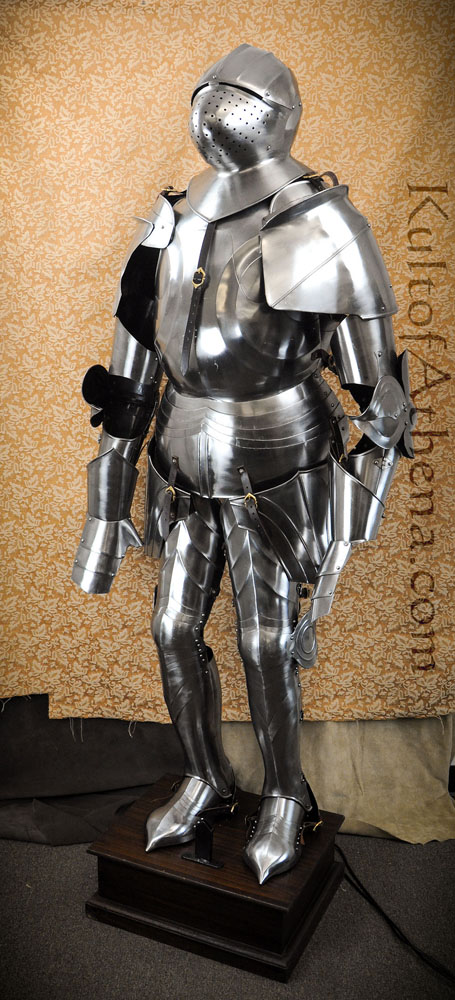

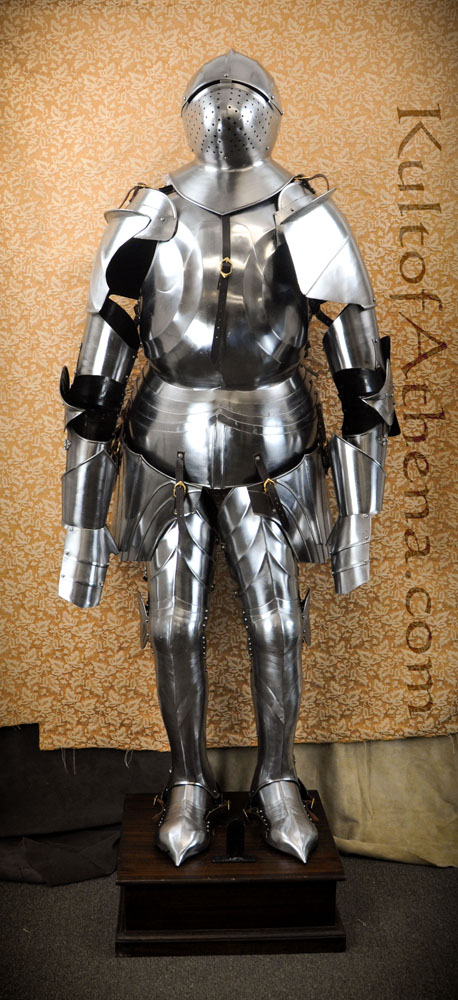
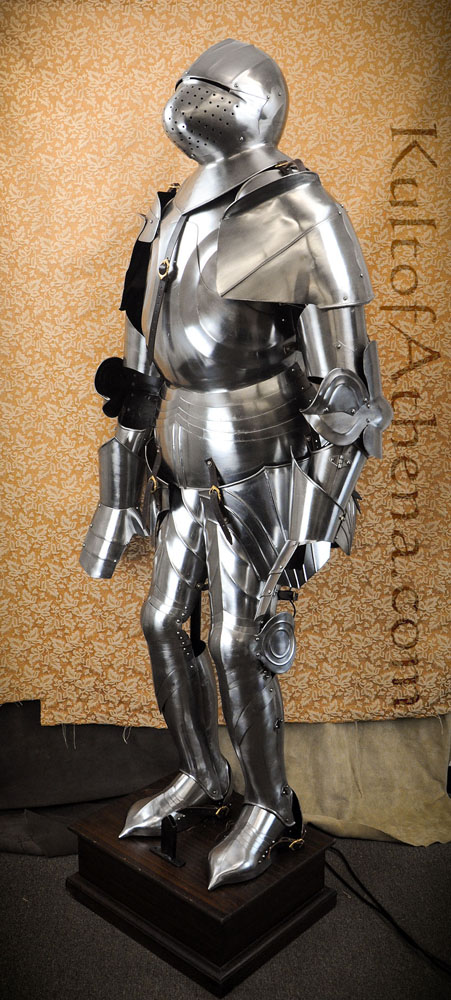
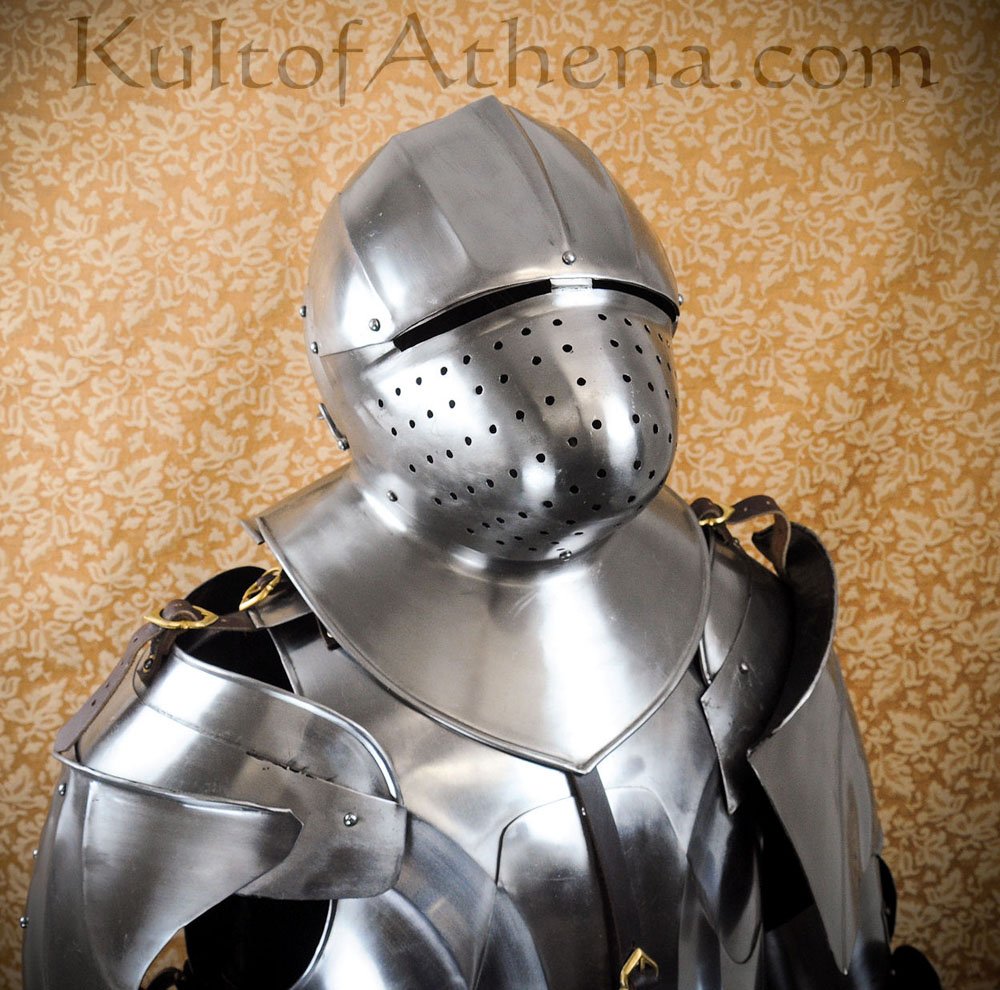
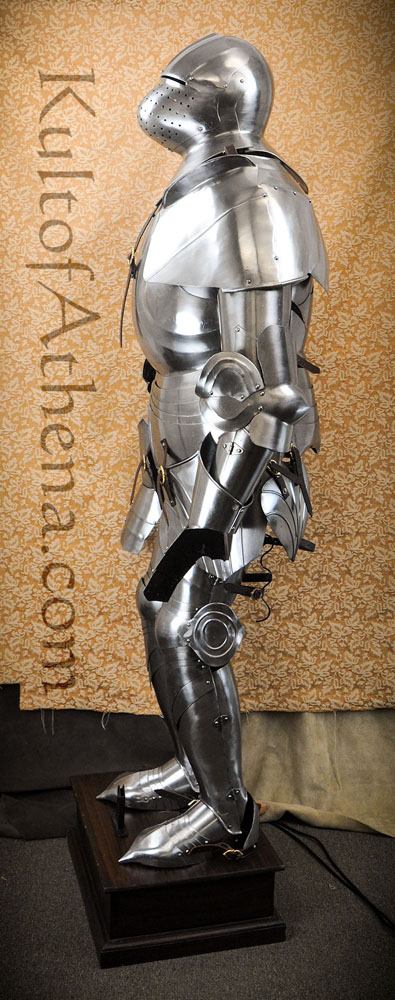
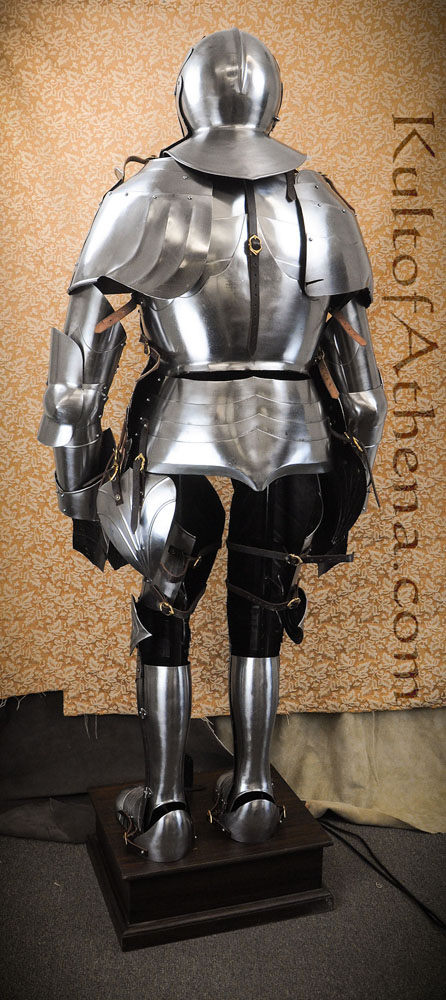
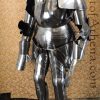

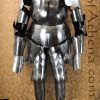


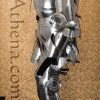

Reviews
There are no reviews yet.